1. A walk on my favorite beach
This holiday season walk off all the fudge and peppermint white mochas with a stroll along your favorite beach. Whether you prefer sandy shores, rocky cliffs, dune forestsor tide pools galore, Humboldt has the beach for you. So don that rain gear and spend a moment away from the material world of shopping. Best of all, no gym membership required!
2. Two Overgrown Opahs
Often called the Moonfish for its notable disc shape, this fish is an unsuspecting predator throughout the open ocean with a unique talent. Weighing in at over 100 pounds and reaching over six and a half feet in length, this remarkable fish preys in cold, deep waters of the mesopelagic ocean, typically from 150 to 1,300 feet. Squid and krill make up their general diet, and large sharks and humans are their primary predators. The Opah has recently become well known for for research done this year by the National Oceanic and Atmospheric Administration, revealing that it is the only warm-blooded fish in the world! The fish’s active swimming and heat exchange mechanism in its gills are responsible for maintaining a body temperature about five degrees above surrounding water. Opah have even been known to make an appearance on the North Coast!
3. Three Salty Sand Dollars (By Suzie Fortner, Education Manager, Friends of the Dunes)
It’s always exciting to find a whole, unbroken sand dollar on the beach. Most of us are familiar with this version of the sand dollar, which is really just the skeleton (aka test) of the animal it once was. Sand dollars are basically flat sea urchins, both creatures belong to a group of animals called Echinoderms (Latin for spiny skin).
When alive, sand dollars live just offshore slightly burrowed into sand, and are covered in small velvety spines and tube feet. The tube feet are used for gas exchange (breathing) and protrude from the pores that form a floral shape on the top of the test. The spines are covered in tiny moving hairs (or cilia), which help the animals move across sandy seafloors, burrow into the sand, and move tiny food particles to their mouths, which is the larger center hole on the bottom of the test. The smaller hole closer to the edge of the test is the animal’s anus, and the things you sometimes hear rattling around inside are pieces of the broken Aristotle’s Lantern, which is basically the creature’s jaw.
Sand dollars and many other sea creatures have skeletons and shells made of calcium carbonate, and ocean acidification is likely to have a huge impact on their populations since these calcareous body parts will dissolve in waters with a lowered pH.
Cool time lapse video of dissolving Sand Dollar
4. Four Calling Murres
Looking like a version of a penguin, the Common Muree inhabits sea cliffs from Alaska to California and eastern Canada. They forage for a variety of fish and crustaceans while swimming underwater. Common Murres are also known for the most densely packed nesting colonies of any bird species. They spend the majority of their life at sea, but you might spot one during nesting season on rocky cliffs off of Trinidad or Castle Rock near Crescent City.
5. Five Coral Rings (or maybe not)
If you are considering getting your special someone coral bling this year, you might want to think again. While its bright crimson colors make for beautiful accents, coral is a living creature and is dying off at rapid rates. Climate change, ocean acidification, unsustainable fishing, pollution and heightened consumer demand are all contributing to its decline.
26 million pieces from 2011 to 2006. Harvesting coral lowers its capacity and genetic diversity, and can lead to smaller Corallium in the wild. Coral is already a gift in nature – we don’t need to give it as a present.
6. Six State Marine Reserves
Back in 1999 the California legislature passed the Marine Life Protection Act (MLPA) to designate marine areas for the preservation of fish breeding grounds, and habitats necessary for wildlife to thrive. In 2012 California became the first state to establish a network of MPAs based on scientific principles, local knowledge and input from conservationists, fishermen, scientists, educators, scuba divers, bird enthusiasts and tribal representatives. There are different classifications used in California’s MPA network.
In Humboldt County we have 20 protected ares and six State Marine Reserves. A State Marine Reserve is the most stringent and is defined as “An MPA designation that prohibits damage or take of all marine resources (living, geologic, or cultural) including recreational and commercial take,” (CDFW). The North Coast SMRs are; Reading Rock, South Cape Mendocino, Mattole Canyon, Sea Lion Gulch, Ten Mile and Point Cabrillo. These areas are open to the public for recreational enjoyment!
###
Delia Bense-Kang serves as the Northcoast Environmental Center’s Marine Protected Area Outreach Coordinator and chairs Surfrider Foundation’s Humboldt Chapter.
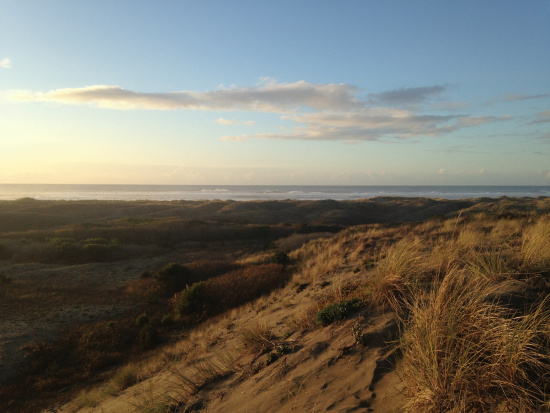
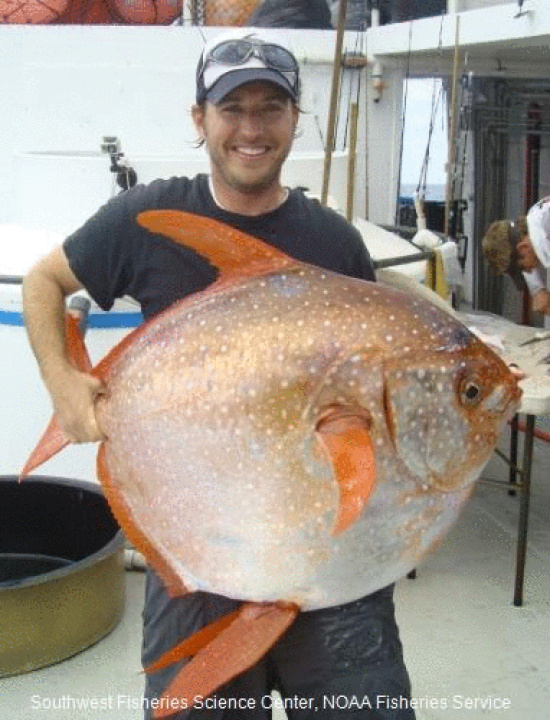
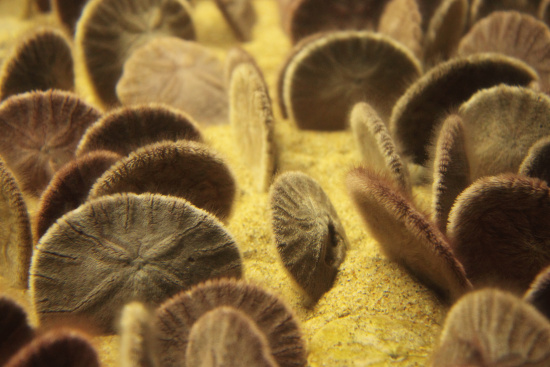
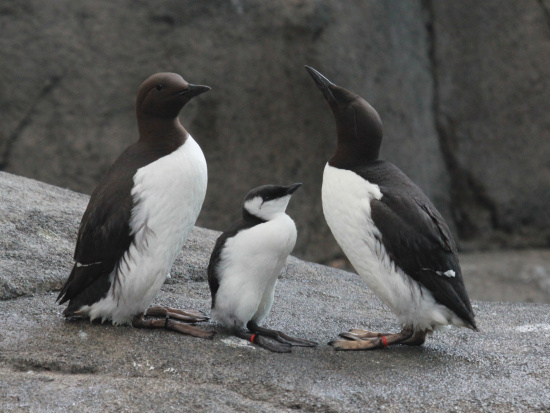
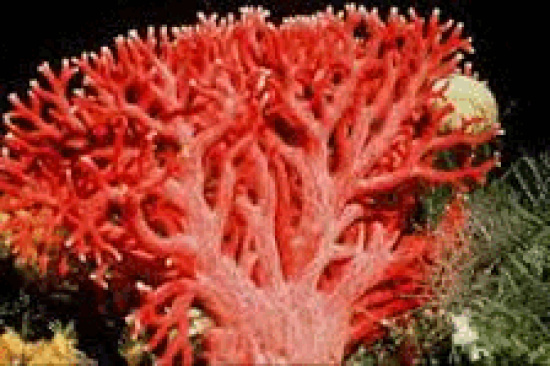
CLICK TO MANAGE